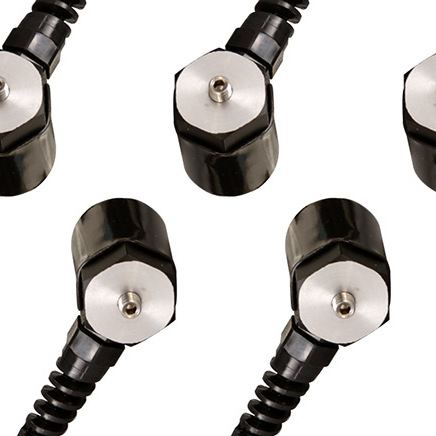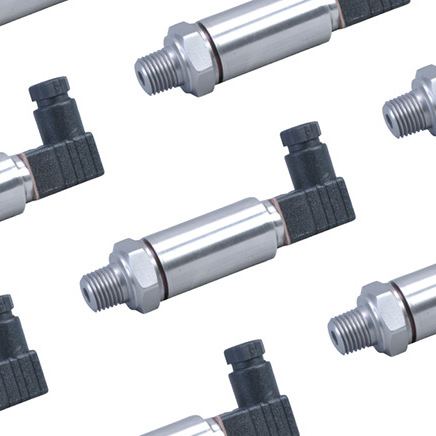Before we get into how to use load cell weight measurement, you need to pay attention to the nature of loading. There are different types of load cells. Their use is determined by the nature of the loading (compression, tension, bending, or shear) and maximum rated capacity (because heavy loads need specialized load cells).
How to use Load Cells for Weight Measurement?
To measure the weight, the subject is placed on a load application point of a load cell. The resulting force generated from the weight is transmitted to the strain gauge placed in the configuration of a Wheatstone bridge. This force deforms the strain gauge changing its electrical resistance which is picked up by the Wheatstone bridge.
This change in electrical resistance in millivolts (mV) is proportional to the weight acting on the bridge. The electrical signals are then amplified, conditioned, and converted to legible output.
How to Use a Load Cell for Torque Measurement?
Load cells used for torque measurement are known as torque meters. Since torque is a twisting force, the load cells used for torque measurement are set up in a way that they are affixed to a torsion bar.
When the load cell detects a change in the shear stress of the bar, it will give out a reading that is proportional to the applied torque. There are different types of toque sensors like the reaction torque sensor, rotary torque sensor, slip ring torque sensor, and more.
How to Use a Load Cell for Tank Weighing System?
When installing a load cell for a tank measuring system, having equal load distribution on all the supports is critical for accurate measurements. If the tank sits on three supports, each support should have a load cell ideally placed at an equal distance from the vertical axis of the tank, separated by 120° on the same plane.
Other considerations when setting up a load measuring system in tanks are the center of gravity of the tank and the effects of the supply connection on tanks that can create force differences.
How to use a Load Cell for Level Measurement?
The level of liquid inside a storage tank is the overall weight of the system (tank plus the liquid). A strain gauge is the perfect load cell for measuring the weight of such a system. With an increase or decrease in the liquid level, the resistance in the strain gauge will change.
This change in resistance will be proportional to the weight of the liquid. Note that the load cell is not in direct contact with the liquid. Instead, this type of level measurement is non-contact and is ideal to measure the weight of a storage vessel.
How to Use a Load Cell for Force Measurement?
The load cell is set up by connecting an excitation voltage to the inputs while a measurement reader is connected to its output. A force is applied on a load cell which deforms the strain gauge. This deformation produces a change in resistance.
The resulting output voltage is then picked up by the amplifier, conditioned, and converted to digital values. Load cells for force measurements are also called force transducers and consist of a spring element where the forces to be measured are applied.
- What is a Load Cell?
- Types of Load Cells
- Selecting a Load Cell
- FAQ
- Installing a Load Cell
- How to Wire a Load Cell?
- Troubleshooting
- Amplifiers for Load Cells
- Data Loggers for Load Cells
- Load Cell Meter
- Load Cell Controller
- Signal Conditioners
- Weighing Trucks, Trains, and Aircraft
- Dynamic Load Measurement
- Testing Load Tolerance in Cables
- Critical Component in X-ray Laser


